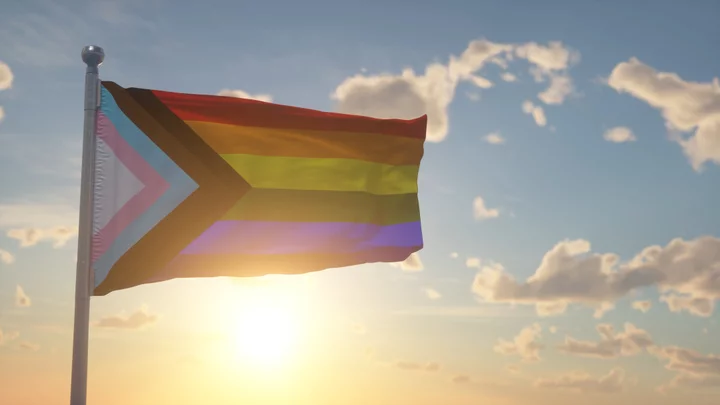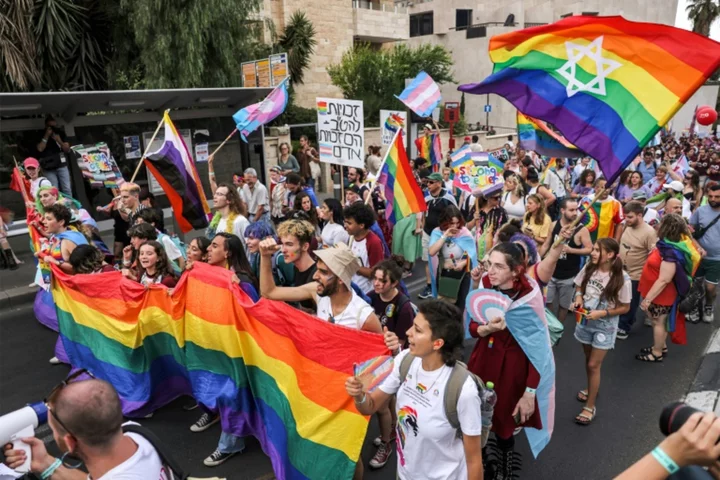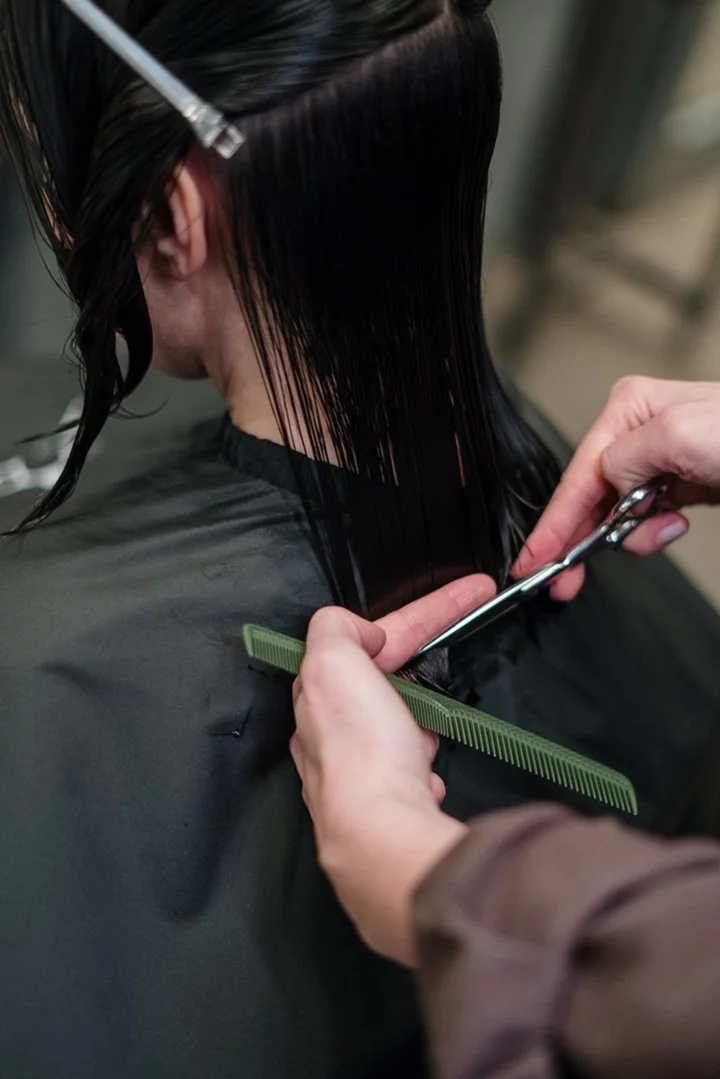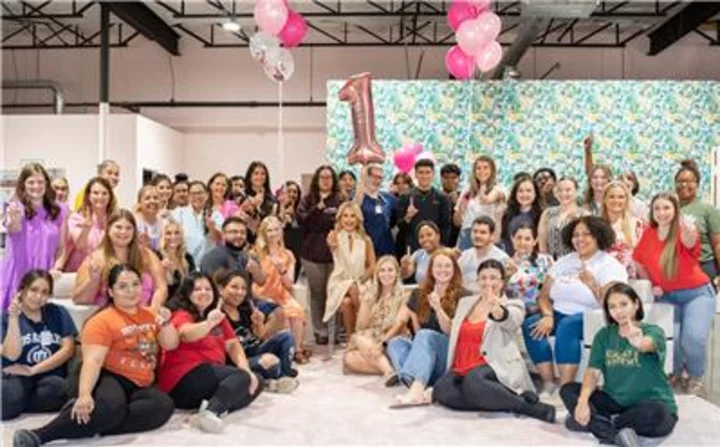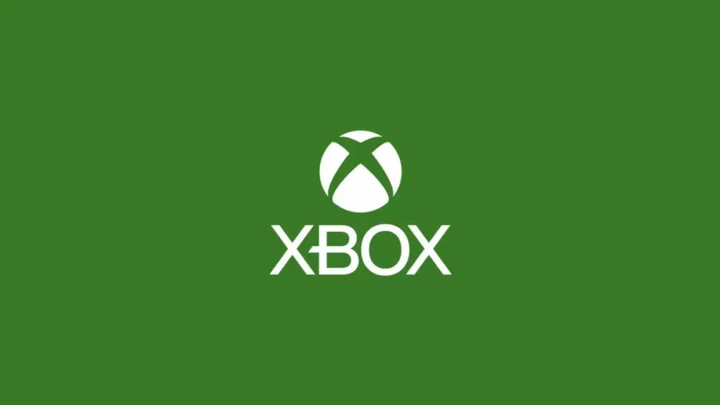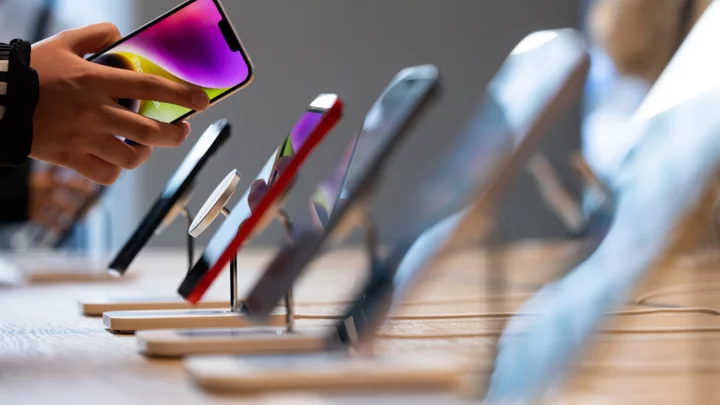The pride flag just isn't what it used to be. And that's probably a good thing.
If you're queer, if you've been to any kind of Pride event, if you've walked past the fire escapes of Brooklyn, or if you've spent any time online in June, you've probably noticed the dozens of different kinds of LGBTQ+ pride flags that decorate the skies or logos for brands on social media. Once, it was just a single pride flag broadly representing the community, created in 1978 by Gilbert Baker, a gay artist and activist.
Baker explains in his memoir, Rainbow Warrior: My Life in Color, that the rainbow flag was "a conscious choice, natural and necessary."
"The rainbow came from earliest recorded history as a symbol of hope," Baker wrote. "In the Book of Genesis, it appeared as proof of a covenant between God and all living creatures. It was also found in Chinese, Egyptian and Native American history... Now the rioters who claimed their freedom at the Stonewall Bar in 1969 would have their own symbol of liberation."
SEE ALSO: Want to know more about LGBTQ history? Follow these accounts.Each of the eight colors had a specific meaning: Pink stood for sexuality, red for life, orange for healing, yellow for the sun, green for nature, turquoise for art, indigo for harmony and serenity, and violet for the soul and spirit. The flag was later amended to include only six colors: red, orange, yellow, green, indigo, and violet. The six-color rainbow flag is likely the one the majority of people are most familiar with, one of only two pride flags currently offered as emojis, along with the transgender pride flag.
In 2017, the Philadelphia Pride Flag or More Color, More Pride flag — the classic rainbow pride flag, but with the addition of a black stripe and a brown stripe — was designed in partnership with Philadelphia's Office of LGBT Affairs to serve as a more inclusive rainbow flag alternative. The additions were intended to represent the experiences of LGBTQ+ people of color and their contributions to the community.
More recently, the flag has evolved into the Progress Pride Flag, created by designer Daniel Quasar, which has the six original colors but an additional triangle of black, brown, light blue, light pink, and white stripes. These stripes represent experiences of LGBTQ+ people of color, transgender and gender nonconforming people, and members of the community lost to HIV/AIDS.
"This new design forces the viewer to confront on [sic] their own feelings towards the original Pride flag and its meaning as well as the differing opinions on who that flag really represents, while also bringing into clear focus the current needs within our community," Quasar wrote on their website. "You can’t avoid the message as it is right there in front of you."
The Progress Pride flag has been widely embraced and is now prominent among those most commonly celebrated.
"The Progress Pride flag, an evolution of the original Pride flag, celebrates the beautiful, vibrant diversity of the LGBTQ+ community, and that intersectionality must always be front and center in the fight toward equality," Aryn Fields, a Human Rights Campaign spokesperson, told Mashable by email.
That's the brief history of the classic pride flag, but there are well over a dozen additional flags representing other groups of LGBTQ+ people and communities, including:
The Transgender Flag, with light blue, light pink, and white stripes, debuted in 2000.
The Nonbinary Pride Flag, with yellow, white, purple, and black stripes, was created in 2014.
Today's most commonly used Intersex Flag, with a purple circle over a yellow background, was designed in 2013.
The Asexual Flag, with black, gray, white, and purple stripes, was created in 2010.
The Bisexual Flag, with a pink top section and blue bottom section meeting in a purple stripe in the middle, was created in 1998.
The Pansexual Flag, with pink, blue, and yellow stripes, was created in 2010.
The Lesbian Flag, with stripes in shades of red, pink, and orange in its most widely accepted design, was created in 2018 and more broadly embraced than predecessors.
The Abrosexual Flag, with stripes in shades of green, white, and pink, is believed to have been created around 2015, as a symbol for those whose sexuality is fluid.
The modern Gay Men's Pride Flag, with stripes in shades of green, blue, and purple, plus white, was designed in 2019.
The Genderqueer Flag, with lavender, white, and green stripes, was created in 2011.
The Genderfluid Flag, with pink, blue, white, black, and purple stripes, was created around 2012.
The Pride of Africa Flag, a colorful block-style design inspired by the flags of the countries in Africa, was created in 2019.
The Queer People of Color Pride Flag, with the classic six rainbow stripes and a solidarity fist made of different shades of brown, appeared in 2019.
The Two-Spirit Pride Flag, most commonly seen with the classic six rainbow stripes, a circle, and two feathers, as designed in 2016, represents an Indigenous sexual, gender, and/or spiritual intersectional identity outside the male and female gender binary.
The Leather Flag, with a red heart over blue, black, and white stripes, was adopted in the 1990s by the leather subculture.
The Bear Brotherhood Flag, with a black paw print over brown, orange, yellow, tan, white, gray, and black stripes, was created in 1995 to represent the bear subculture.
These flags are important signals not only that LGBTQ+ people are asserting their presence in safe and welcoming spaces, but they also signify the power and inclusivity within the community — both IRL and online.
"If you think about The Wizard of Oz… It starts off in black and white, and Dorothy lives in a black and white world. She has an opening song, she thinks about a world that is over the rainbow where she can fly and be free," Stephen Fry, a gay English actor, said in his speech at the 2019 British LGBT Awards. "And that's why gay people love that song: because gay people everywhere dreamt of being over the rainbow. If every little blue bird can fly over the rainbow, why, oh why, can't I?"
Want more Social Good stories in your inbox? Sign up for Mashable's Top Stories newsletter today.

